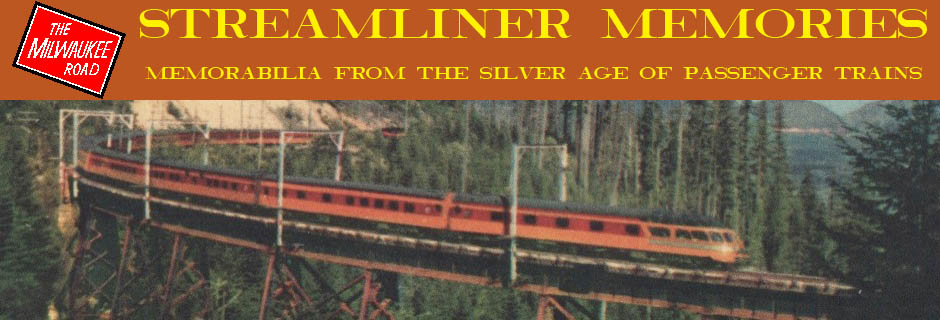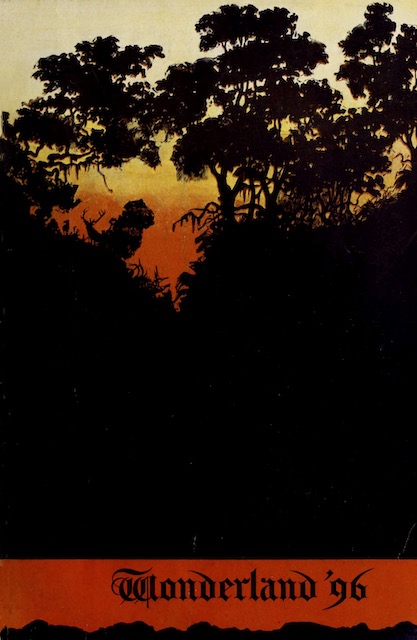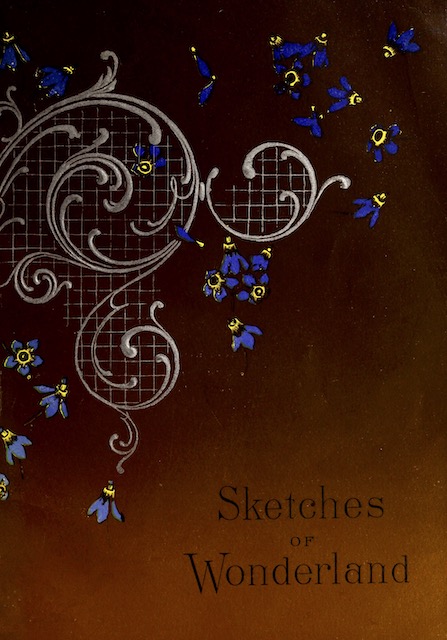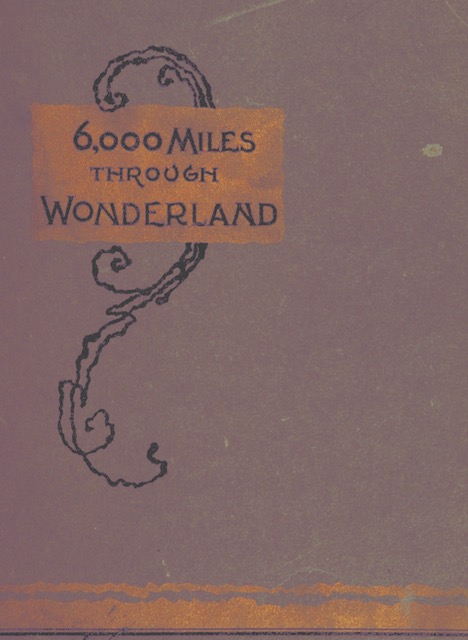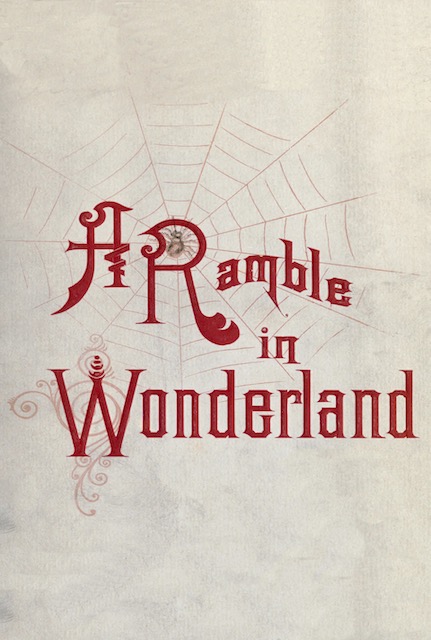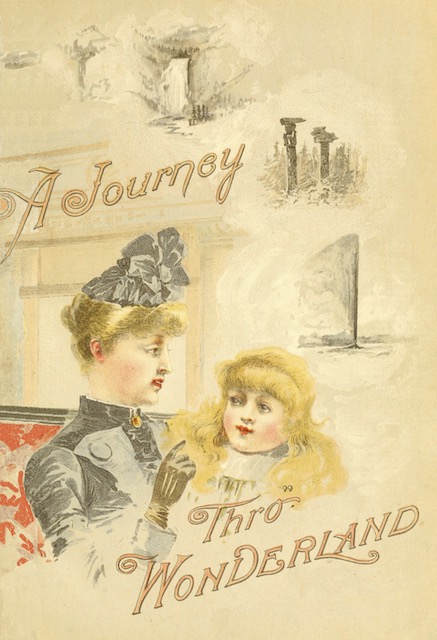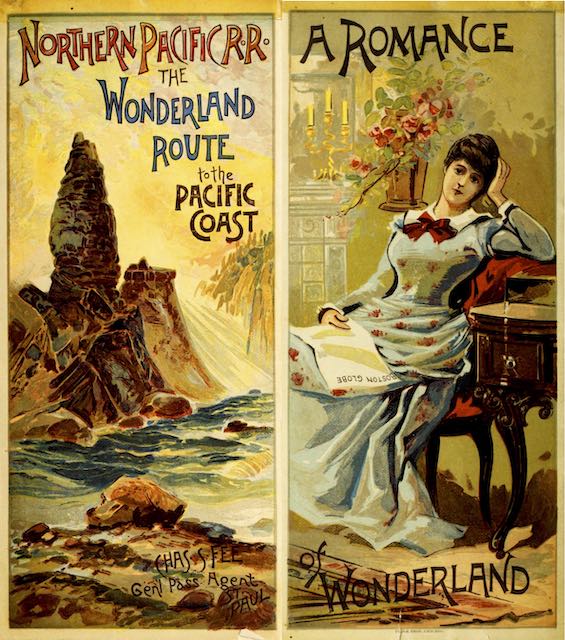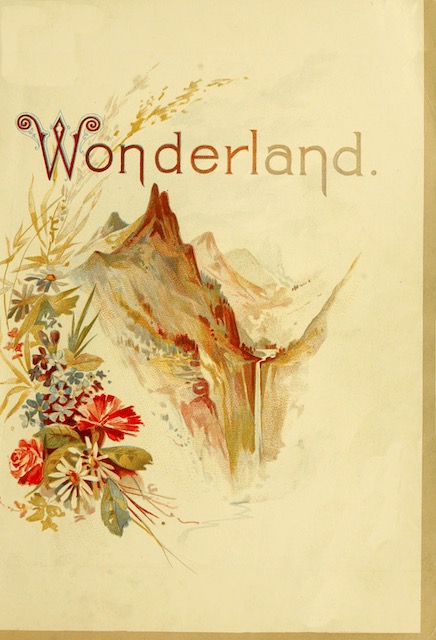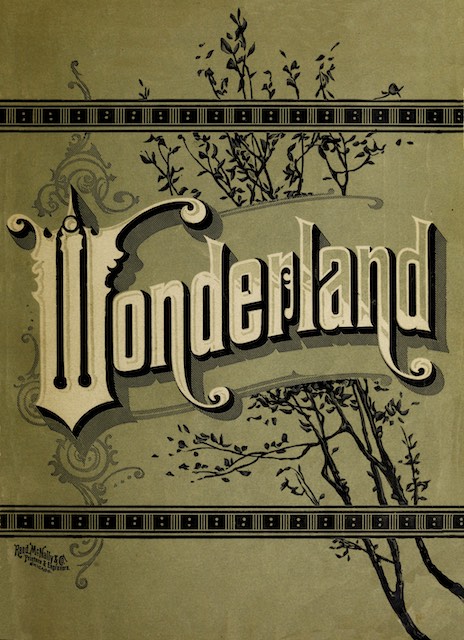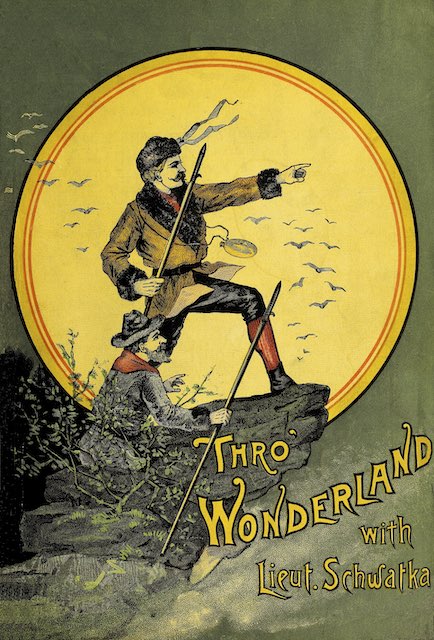If the cover of Wonderland ’96 looked modernistic, the one for Wonderland ’97 looks like the cover of a Harry Potter story or some other fantasy novel. A Montana State University master’s thesis on early Yellowstone advertising notes that most figures pictured on the covers of nineteenth-century Northern Pacific booklets and brochures were women. Of these women, some were tourists, such as the one on the 1891 booklet, but others were symbolic of “American progress and civilization,” typically wearing robes and depicted with other symbols such as sheaves of wheat.
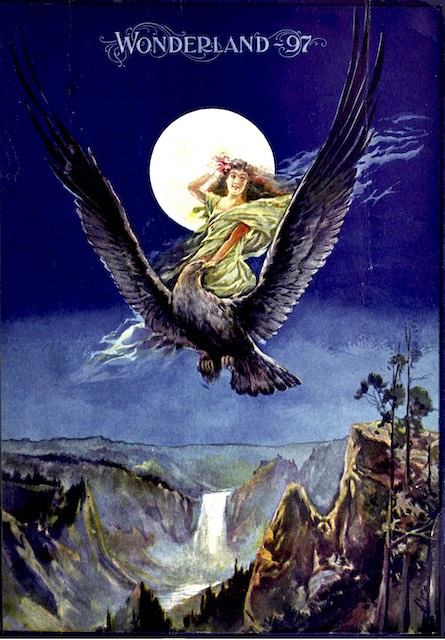 Click image to download a 39.5-MB PDF of this 116-page booklet.
Click image to download a 39.5-MB PDF of this 116-page booklet.
This one certainly fits that criteria, and the symbolism is also apparent: thanks to Northern Pacific, it was much easier to get to Yellowstone and similar scenic locations than it had been just a few years before. Continue reading
